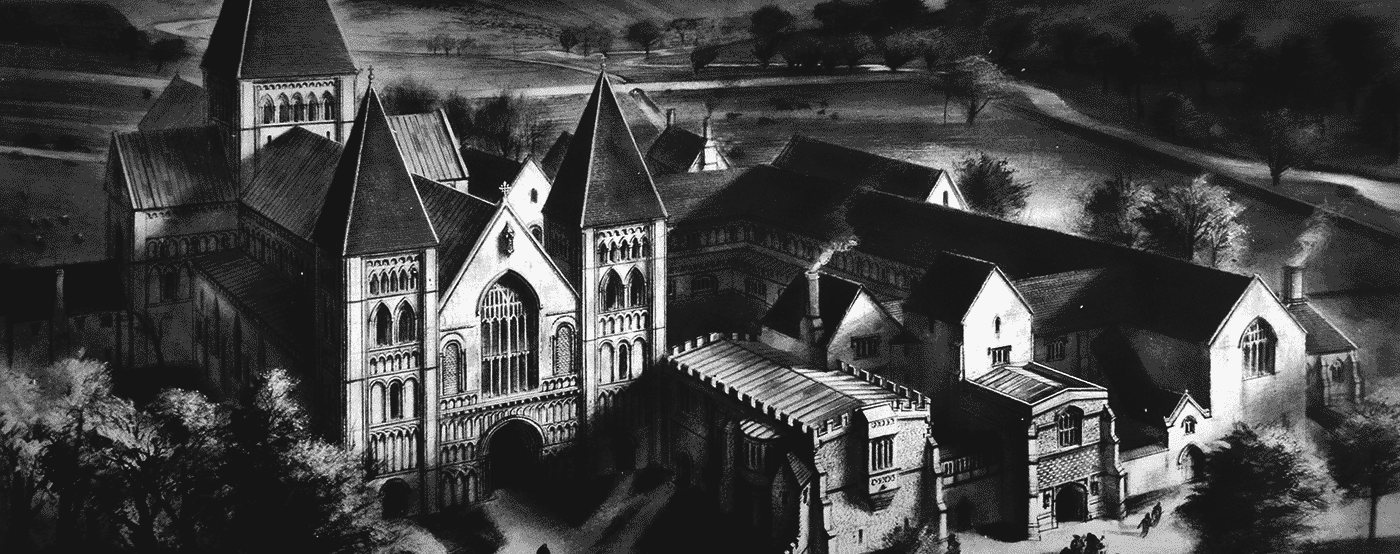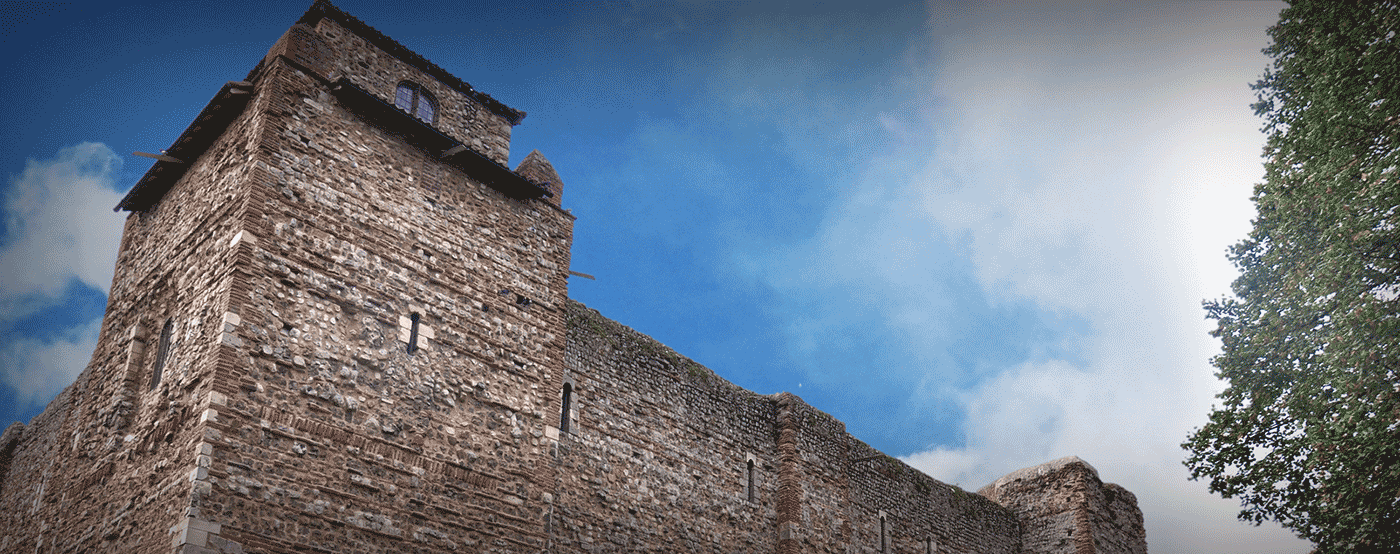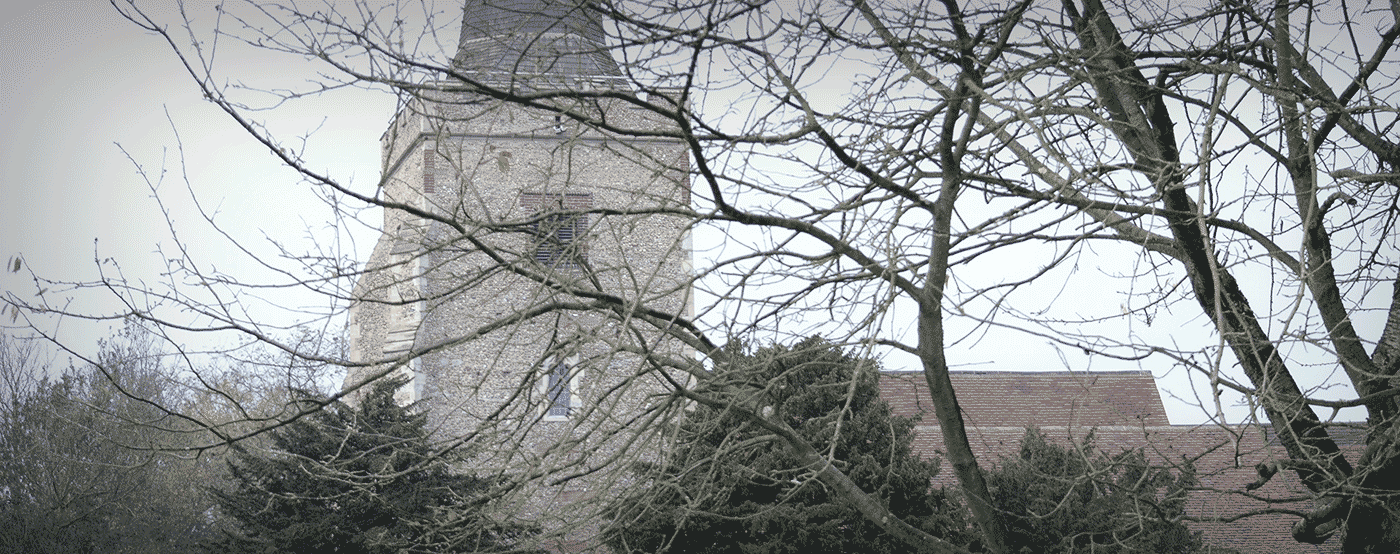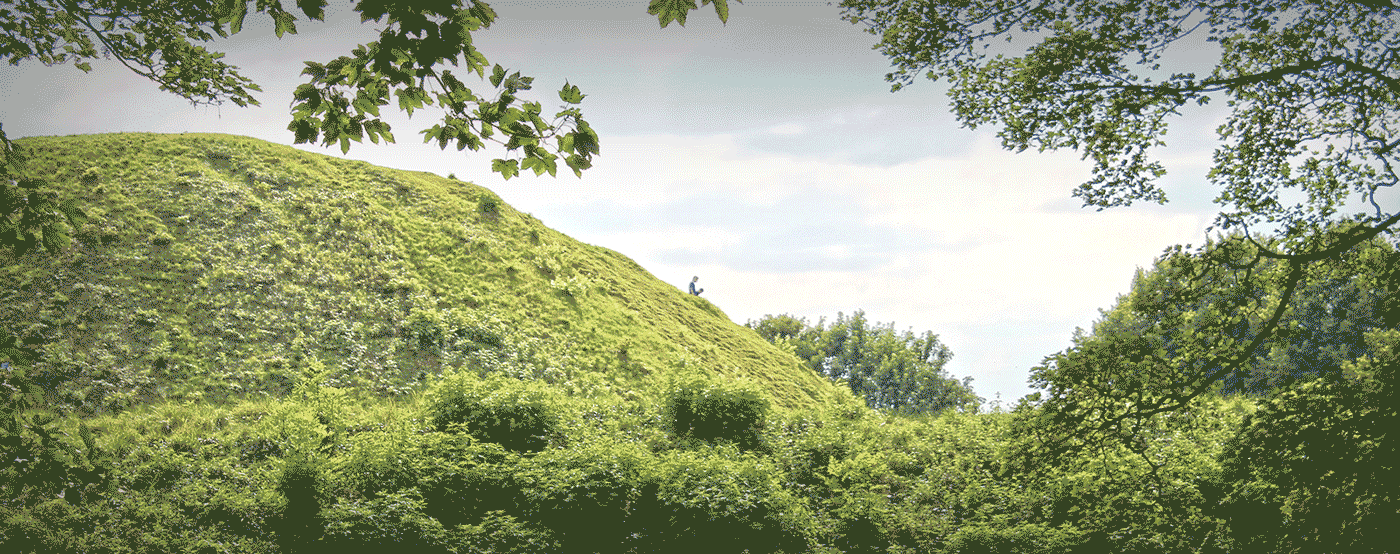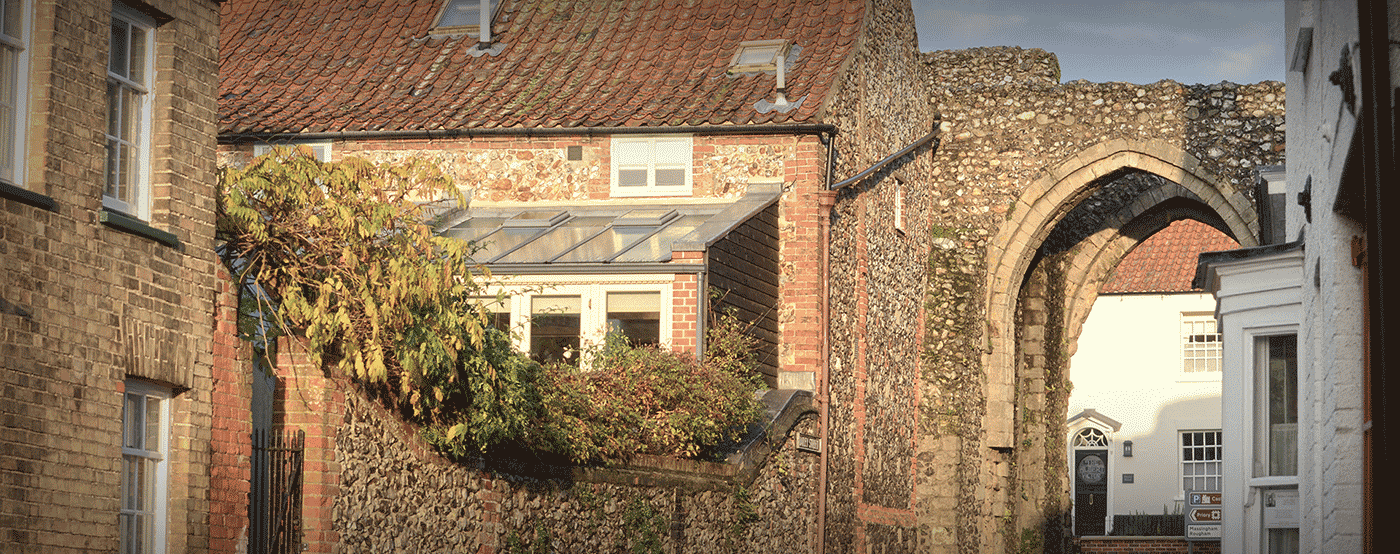England, More Questions Than Answers
It’s strange how few of the Sinclair family, who I know must currently reside in England, have taken the DNA test. This is something we’re currently trying to remedy with a letter writing campaign. A previous attempt at this to 322 homes of our surname south of Newcastle-Upon-Tyne convinced 3 new people to join and two of their DNA kits have been enlightening. SNP testing continues on them.
Beryl Platts states that many of the Scottish families accredited with Norman descent are really of Flanders. In the 12th and 13th century, under King David I, Malcolm IV and William the Lion, they were encouraged to go settle Scotland due to the Flemings’ experience in trade, agriculture an urban development.17 The exact numbers are not stated and it is numbers we need.
Having so little to work with in England on the DNA front, it’s necessary to look for other research to focus my energies on and that led me to several techniques that will also add value to the other “groupings” in our family as well as to what I hope will be a large group of English very soon.. Here’s one of my favorites –
Prosopography – an Unusual Name for an Unusually Helpful Research Approach
I recently treated myself to a wonderful new book and the accompanying research by K. S. B. Keats-Rohan called “Domesday Descendants, A Prosopography of Persons Occurring in English Documents 1066-1166: II Pipe Rolls to Cartae Baronum.” 94 Quite a name, I know, but the name could be far more imposing and still not do justice to the importance of the research method this group has put together.
Prosopography zeros in on a specific people within a specific time, then uses computing power to look for linkages in land records, naming patterns, about any related data the researcher deems relevant. Wikipedia says “The term is a popular one, and the concept is easily inflated.” While I find it difficult to believe such a strange word could be a ‘popular one,’ I think this approach to research is exactly the right way to go about it.
This group has aimed their sites at various countries but, for our project, the really interesting projects are Keats-Rohan’s Domesday work and The Prosopography of Anglo-Saxon England (PASE) which is an online database trying to capture all of the recorded inhabitants of England from the late sixth to the end of the eleventh century. This is a project of staggering reach and I simply love the notion of collecting every scrap of data and using computing power to slick and dice it, looking for relationships through land records, allegiances, etc. The PASE database is at this link if you’d like to play around with it. I found myself spending far to much time digging deeper and deeper into all the research on the site. Unfortunately, on this particular database I find no mention of any iteration of our surname (which should cause concern for those who say our surname was in England before the Conqueror). However, in her Domesday, I find many listings after 1066, which I’ll list below.
In my own way, this is a very expensive (and advanced) version of what I did with my searchable database of the descendants of Alexander Sinkler of Virginia. I captured every scrap of evidence on him in several states and countries and turned it into a meager version of a relational database. If you know of specific land, you can find neighbors, etc. You can read more about that in the “Virginia” link at left. But this PASE approach, wow…this is going to lead to some fun documents research.
The List of the de Sancto Claro Family Who Came With or Just After The Conqueror
From the notes I’m finding, any claim that members of our family, using the “Sinclair” surname, were in England before the Conqueror at a time when surnames were not yet in use, even by the upper class, is simply absurd. If you have such records, I’d love to be proven wrong because it would be important.
These were the first use of our surname in England and could someday be a critical link in proving a connection between our documents research and our haplotypes. This list is accurate, and likely complete as that’s what the Prosopography project is all about, gathering every relevant scrap of data from every source. Here is that list from Keats-Rohan “Domesday Descendants,” p. 685 – 687 94
de Sancto Claro, Gilbert
Held two parts of a knight’s fee from Bury St Edmunds in 1166. In 1200 Gilbert de St Clare held two fees at Bradfield and Wattisfield (Jocelin of Brakelond, 121)
Source – Dugdale, Monasticon Anglicanum, Iv, p. 51, no. V11; Red Book of the Exchequer, ed. Hall (1897), pp. 392-94
de Sancto Claro, Haimo
Brother and successor of William de Saint-Clair, tenant of the honour of Eudo Dapifer. Occurs from before Eudo’s death in 1120 until c. 1137. Twice married, first to Gunnor, eldest daughter of Roger Bigod, and then to Margaret, daughter of Robert fitz Walter de Caen, he left a son Hubert by Gunnor (Lansdowne 299, fol. 146). He was accounting for one of these marriages, probably the second, in1129/39. Occurs with his brother in Cart. St John Colchester, i, 153, in his own right ibidem, 155, with his wife Gunnor, ibidem, 156; a charter of his wife Margaret’s brother occurs ibidem, 158. He and his brother William gave the land of Richard de Vilers to Savigny, with the assent of Stephen count of Mortain (Lechaude d’Anisy, Mem. Soc. Ant. Norm. t. xii (1841) app. 2) j.-N. Mathieu (Les comtes de Dammartin, Paris et Ile-de-France, Memoires,t. 47 1996) has recently suggested that his sister was Basilia, wife of Eudes de Dammartin (d. 1130).
Cronne/Davis, RRAN III, nos 210, 271, 341, 887, 944, 946-48; Mason, Beauchamp Cartulary Charters (1980), no. 164; pipe Roll 31 Henry I, 60-e, 62-ht, 67-kn, 86-nh, 95-nf, 96-sf, 99-sf, 104-bd, 133, 138-39e
de Sancto Claro, Hubert
Son of Haimo de St Clair and Gunnor Bigod. Lord of Walkern, Hertfordshire, part of the Domesday barony of Eudo Dapifer (Sanders, 92), he was alive in 1155, His heir was his daughter Gunnor, wife of William de Lanvallay (d. 1185), Dead in 1185, when his widow Clemencia, aged 60, occurs in the Rotuli de Dominabus, p. 47
Cronne/Davis, RRAN III, nos 223, 229, 237; Gervers, Cartulary of Knights St John Essex, no. 300; Pipe Roll I Henry II (RBE, ii), 651-e
de Sancto Claro, Johannes
In 1166 John and Robert de St Clair each held two fees of Walter de Mayenne in Kent. In 1242/43 John de St Clair held half a fee in Eslingham of Warin de Montcanisy under the bishop of Rochester. Thomas de St Clair was his tenant there (Fees, 666-67).
Red Book of the Exchequer, ed. Hall (1897), pp. 195-96
de Sancto Claro, Philip
In 1164 the sheriff of Dorset accounted for a purpresture of a liberate of land that had belonged to Philip de St Clair. Probably a descendant of Bretel de Sancto Claro, perrhaps a son of William de Sancto Claro.
Pipe Roll II Henry II, 65-ds
de Sancto Claro, William
Brother of Haimo de Saint-Clair, with whom he was closely associated throughout his life. He occurs between c. 1120 and 1139. Tenant of Eudo Dapifer, from whom he held Chalk, Kent, Hamerton, Huntingdonshire, and Wakerley in Northamptonshire. He left no issue at his death, when Haimo was his heir. Farrer, HKF iii, 168.
Cronne/Davis, RRAN III, no. 273; Pipe Roll 31 Henry I, 48-hn, 49-hn
de Sancto Claro, Willelm
Occurs in the Pipe Roll of 1129/30 in Dorset and Wiltshire. Apparently successor, perhaps son, of Bretel de St Clair in the barony of Stoke Trister, held of Robert de Mortain in 1086, Perhaps the same as the William who occurs in the Pipe Rolls until 1164/65. Possibly father of Philip de St Claro (q.v.) an dof Walter de Esselega (Ashleigh) who held the barony of Stoke Trister in 1166.
Pipe Roll 31 Henry I, I-ds; Pipe Roll 5 Henry II, 21-sm; Pipe Roll 8 Henry II, 22-sm; Pipe Roll II Henry II, 67-ds
Surnames of England and Wales – the ONS list
The Office of National Statistics database contains a list of surnames in use in England, Wales and the Isle of Mann in September 2002. The list contains almost 270,000 surnames, shared by 54.4 million people. The entire database contains over a million surnames, shared by 55.9 million people, but names shared by fewer that five people have been excluded from this list. The 1.5 million deaths between 1998 and 2002 have not been weeded from the system. The database is also said to include a level of duplicate entries and misspelled surnames, as well as people currently living abroad and temporary visitors to England and Wales. However, experience suggests that multiplying the result for your surname by 0.93 will give a good idea of the living population for your surname.
SINCLAIR – 16,393
ST CLAIR – 638
SINCLAIRE – 132
ST CLAIRE – 112
SINKLER – 15
CLAIR – 352
CLAIRE – 216
Data source: Surnames, England & Wales, National Statistics 2002. Crown copyright material is reproduced with the permission of the Controller of HMSO under Licence C02W0001623.
Therefore, if we trust these numbers represent an ‘apples-to-apples’ comparison, the overwhelming number of those in the U.K. bearing the surname must live in England.
An interesting variant
The simple addition of the letter E at the end of the name seems to divide the geography. “Sinclair” with no “e” seems to be almost exclusively a northern spelling. See next map below.
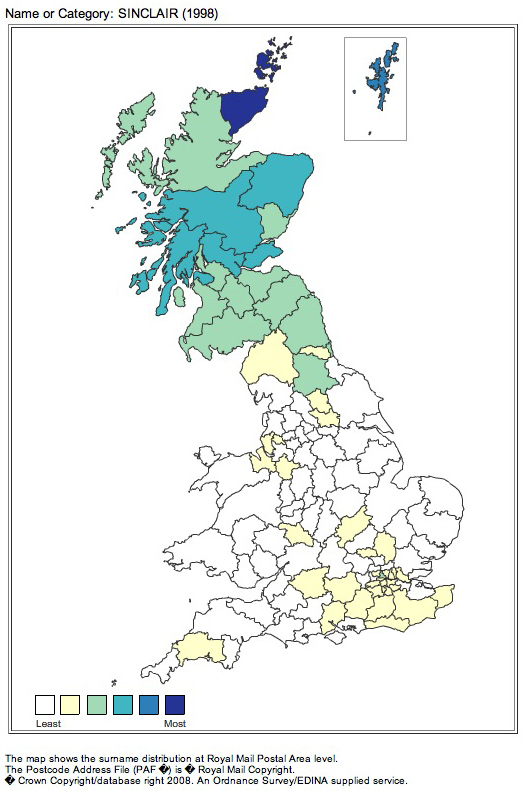
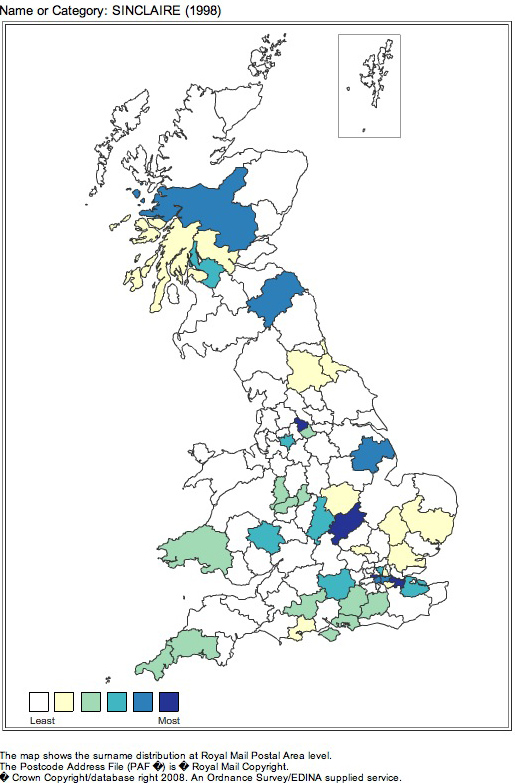
This is a map of those currently living who add the letter “e” to the end of the name, thus Sinclaire. This is simply remarkable to me and has led me to begin a major push for participation of these English Sinclaires. Perhaps I’ll find it means nothing and was simply switched, but I suspect we’ll find an accompanying change in the DNA like we find with the DYS390=24 AMH bunch in Virginia.

